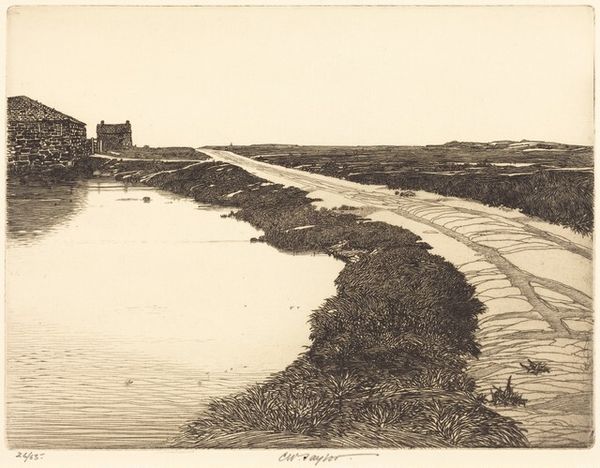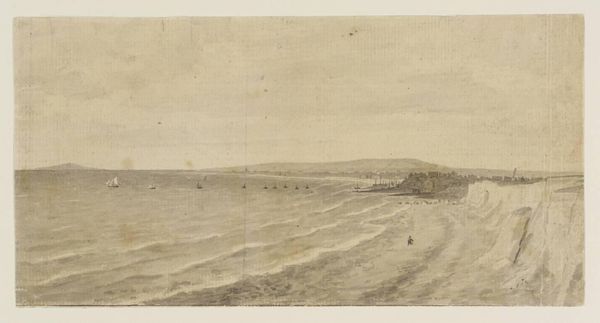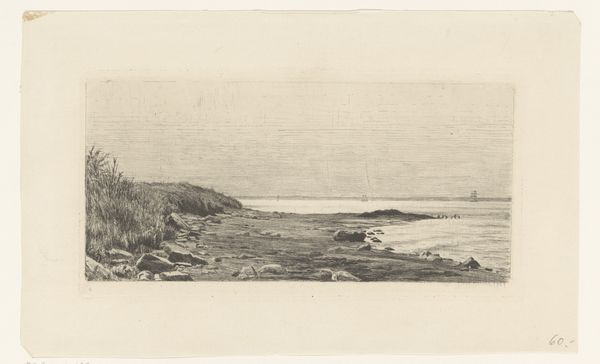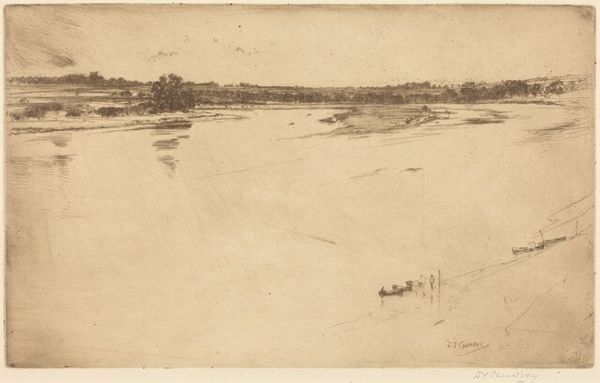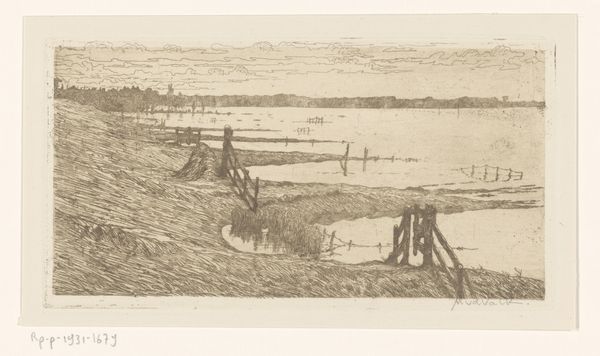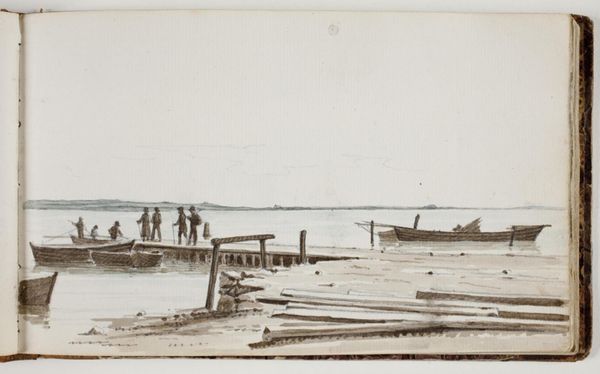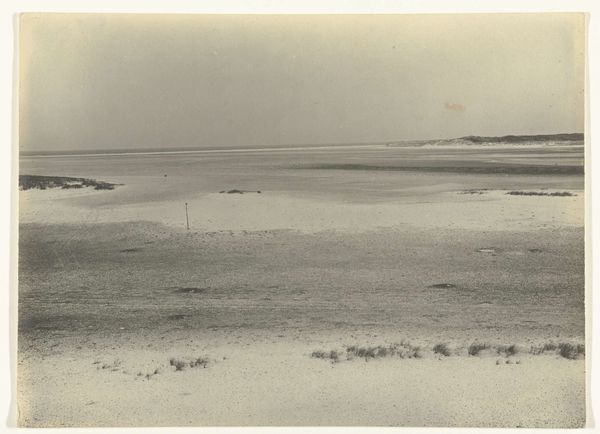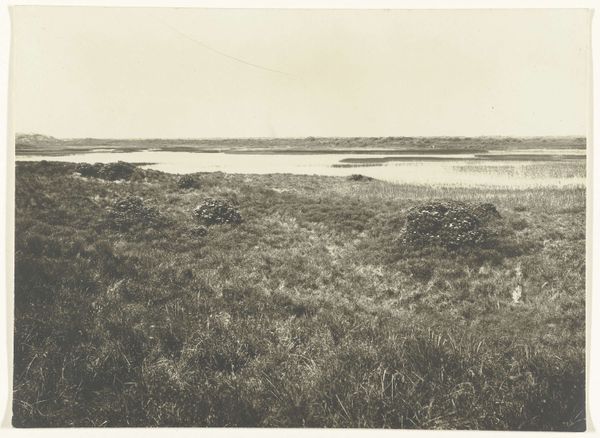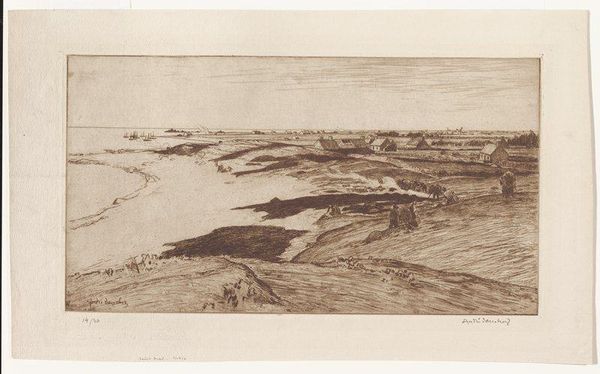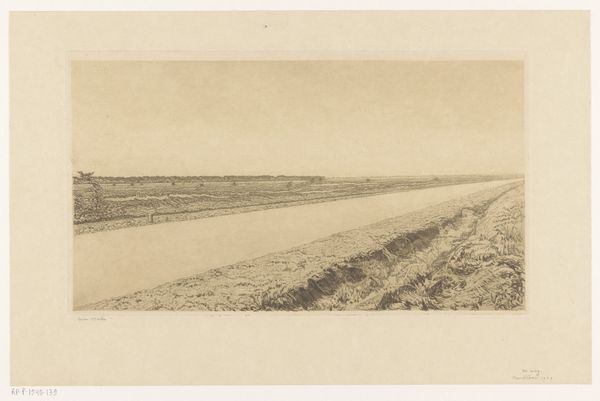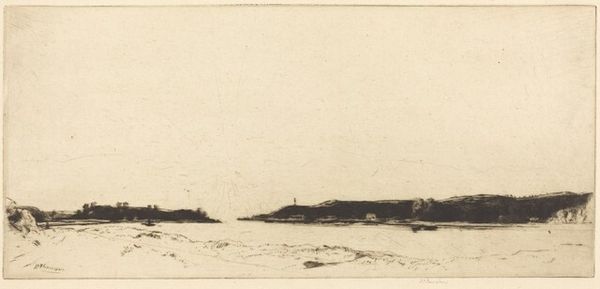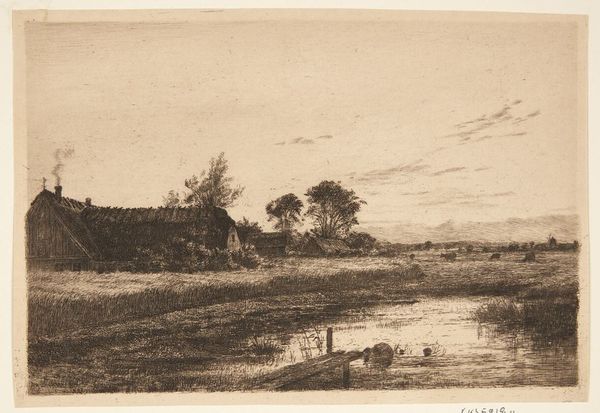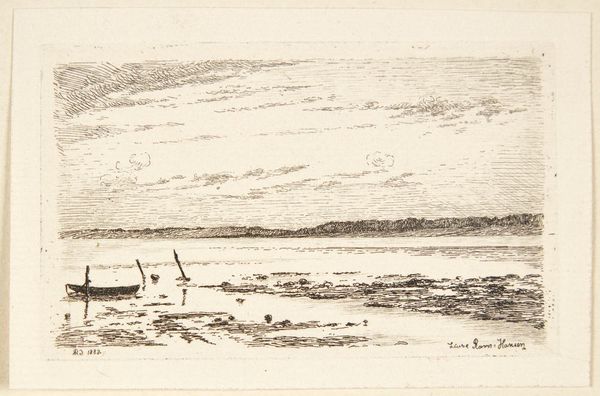
Interior of South Taku Fort Showing the Place of Landing, June 25, 1859 1860
0:00
0:00
print, photography, albumen-print
# print
#
asian-art
#
landscape
#
photography
#
albumen-print
#
realism
Dimensions: image: 22.5 × 85.1 cm (8 7/8 × 33 1/2 in.) mount: 24.4 × 32.3 cm (9 5/8 × 12 11/16 in.)
Copyright: National Gallery of Art: CC0 1.0
Felice Beato made this photograph, Interior of South Taku Fort Showing the Place of Landing, on June 25, 1859. Beato was a pioneer, documenting the Opium Wars using the collodion process. This involved coating a glass plate with chemicals, exposing it in the camera while still wet, and then developing it immediately. Look closely, and you can almost feel the weight of the glass plate, and the urgency required by the process. This panorama shows the encampment after the Anglo-French capture of the fort. Photography was still a relatively new medium, and its use here has complex implications. On the one hand, Beato’s photographs provided a seemingly objective record of events, feeding the public’s appetite for images from far-off lands. But the very act of capturing this image, with its implied claim to truth, was an assertion of colonial power. The image becomes more than just a picture; it's a testament to the social and political context in which it was created, and the labor, politics and consumption which it engaged with. Considering the photograph in this light encourages us to think critically about the materials, the making, and the historical moment that Beato captured.
Comments
No comments
Be the first to comment and join the conversation on the ultimate creative platform.
